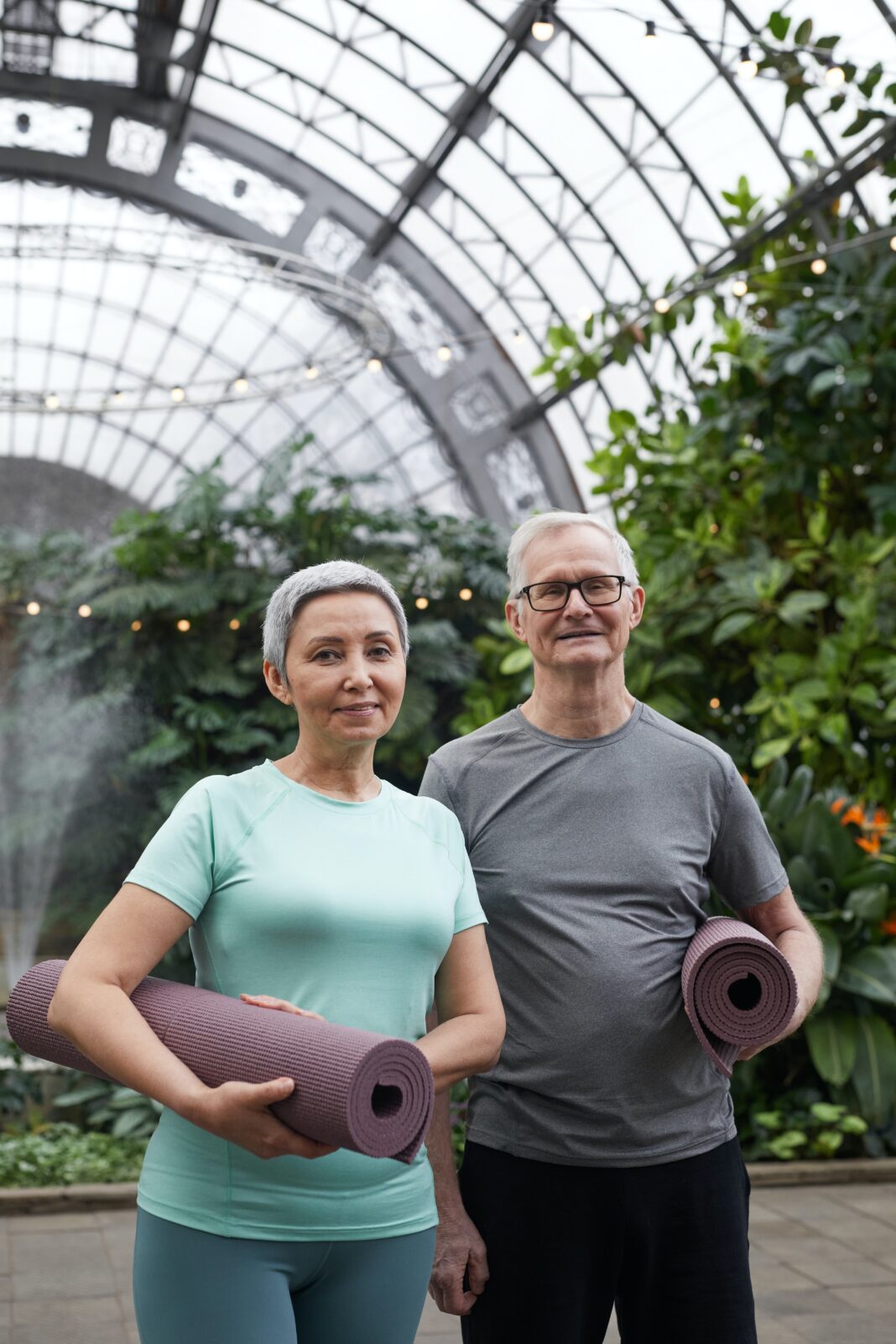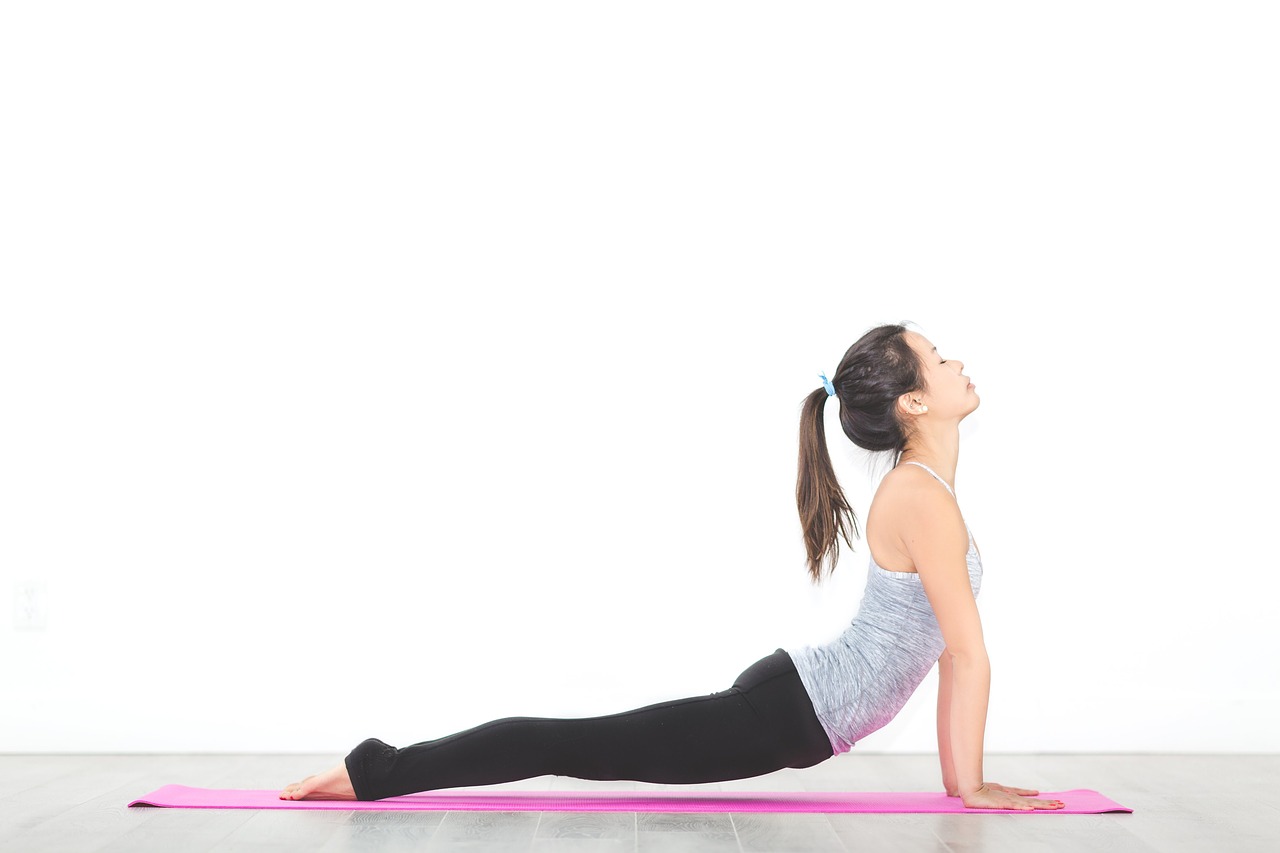Yoga has long been known for its numerous physical and mental benefits, and it’s a practice that can be enjoyed by people of all ages. In particular, seniors can greatly benefit from practicing yoga, as it helps improve flexibility, strength, balance, and overall well-being. However, it’s essential to adapt the yoga practice to suit the unique needs and abilities of older adults. In this article, we will explore some adapted yoga poses and the benefits they offer to seniors.
Adapting Yoga for Seniors
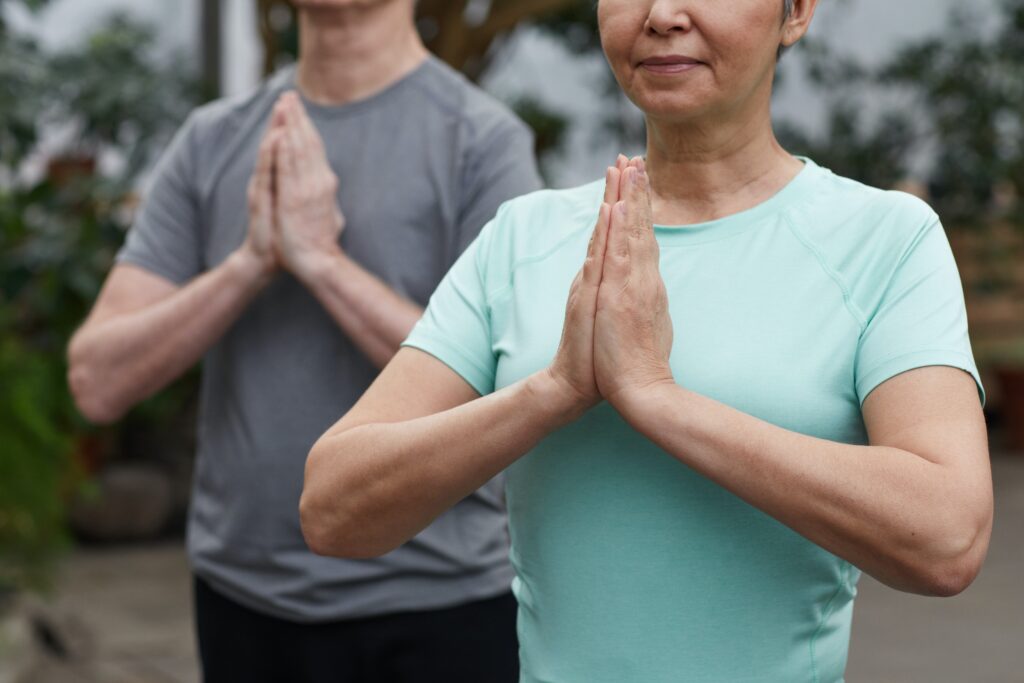
As we age, our bodies undergo various changes, including reduced flexibility, muscle weakness, and decreased balance. It’s crucial to consider these factors when practicing yoga with seniors and make appropriate modifications to ensure a safe and enjoyable experience. Here are a few ways to adapt yoga for seniors:
- Use props: Props such as yoga blocks, straps, and chairs can provide stability and support during yoga poses. They help seniors maintain proper alignment and prevent strain or injury. For example, using a chair for seated poses or balance exercises can offer extra support and enhance stability.
- Modify poses: Seniors may find certain poses challenging due to physical limitations. Modifying the poses by using props or adjusting the range of motion can make them more accessible. For instance, replacing a deep forward fold with a gentle standing forward bend can help protect the lower back while still stretching the hamstrings.
- Focus on breath awareness: Emphasizing breath awareness during yoga practice can help seniors cultivate mindfulness, reduce stress, and enhance relaxation. Encourage slow, deep breathing throughout the session, emphasizing the importance of inhaling and exhaling fully.
Adapted Yoga Poses for Seniors
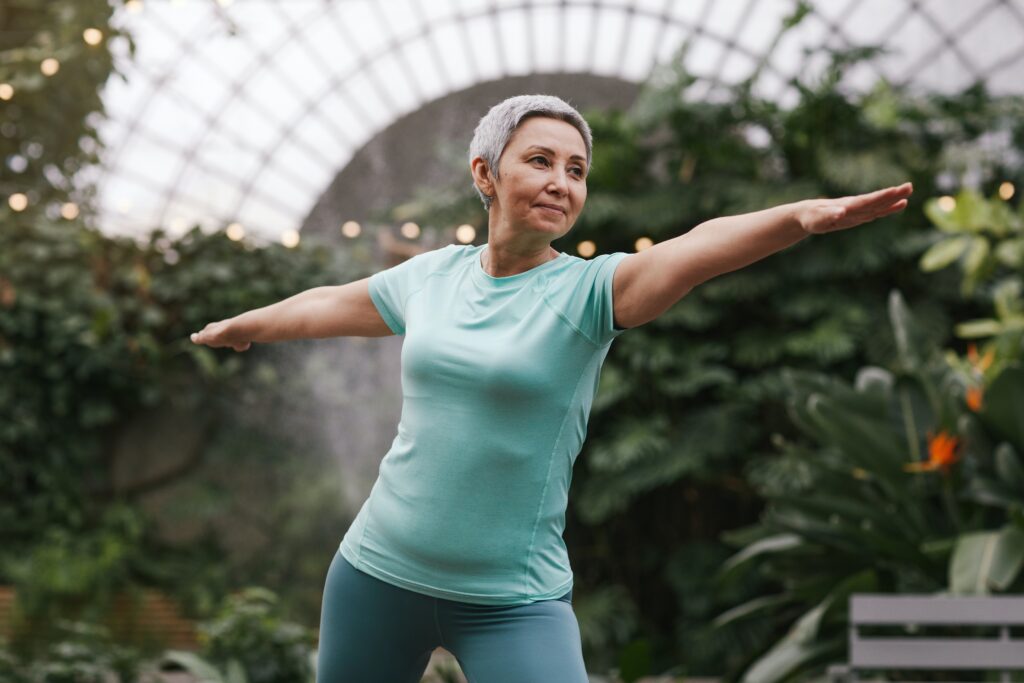
Now let’s explore some yoga poses that are particularly beneficial for seniors:
- Tadasana (Mountain Pose): This pose helps improve posture and balance. Stand tall with feet hip-width apart, shoulders relaxed, and arms by your sides. Distribute your weight evenly on both feet and engage the core muscles. Take slow, deep breaths and hold the pose for a few moments.
- Vrikshasana (Tree Pose): This pose improves balance and strengthens the legs. Stand tall with feet hip-width apart, shift your weight to one leg, and place the sole of the opposite foot on the inner thigh or calf. Find a focal point to help with balance, and bring your hands to prayer position in front of your chest. Hold for 30 seconds to a minute, then switch sides.
- Setu Bandhasana (Bridge Pose): This pose helps strengthen the back, glutes, and legs. Lie on your back with knees bent and feet flat on the floor. Keep arms alongside your body, and press your feet into the floor as you lift your hips. Hold the pose for a few breaths and slowly lower down.
Benefits of Yoga for Seniors
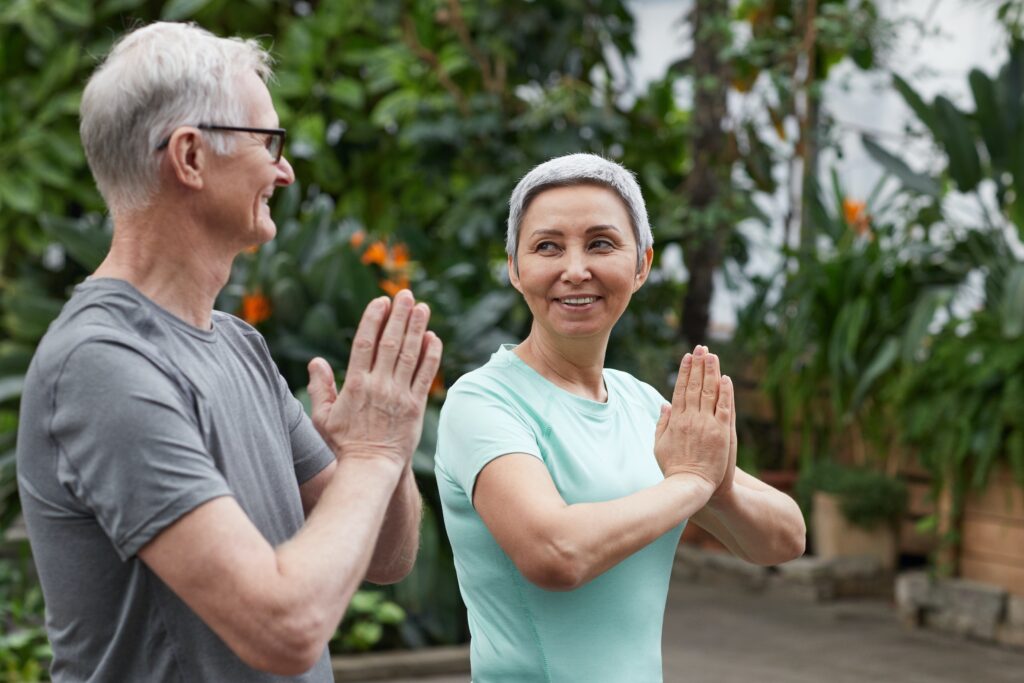
Regular yoga practice offers a multitude of benefits for seniors, including:
- Improved flexibility: Yoga poses gently stretch and lengthen the muscles, promoting greater flexibility and range of motion.
- Increased strength: Yoga helps strengthen the muscles, which is crucial for maintaining mobility and preventing falls.
- Enhanced balance: Many yoga poses focus on balance, which is vital for preventing injuries and improving overall stability.
- Reduced joint pain: Gentle movements and stretching in yoga can help alleviate joint pain and stiffness associated with conditions like arthritis.
- Stress reduction: Yoga incorporates relaxation techniques and mindfulness, helping seniors reduce stress, anxiety, and improve overall mental well-being.
- Better sleep: Practicing yoga promotes relaxation and can contribute to better sleep quality, which is essential for overall health.
Remember to consult with a healthcare professional before starting a yoga practice, especially if you have any pre-existing health conditions.
In conclusion, yoga is a valuable practice for seniors as it offers numerous physical and mental benefits. By adapting yoga poses and incorporating modifications, seniors can safely and effectively enjoy the practice. Whether practiced in a class or at home, yoga has the potential to enhance the well-being and quality of life for older adults, promoting a healthier and more fulfilling lifestyle.

















